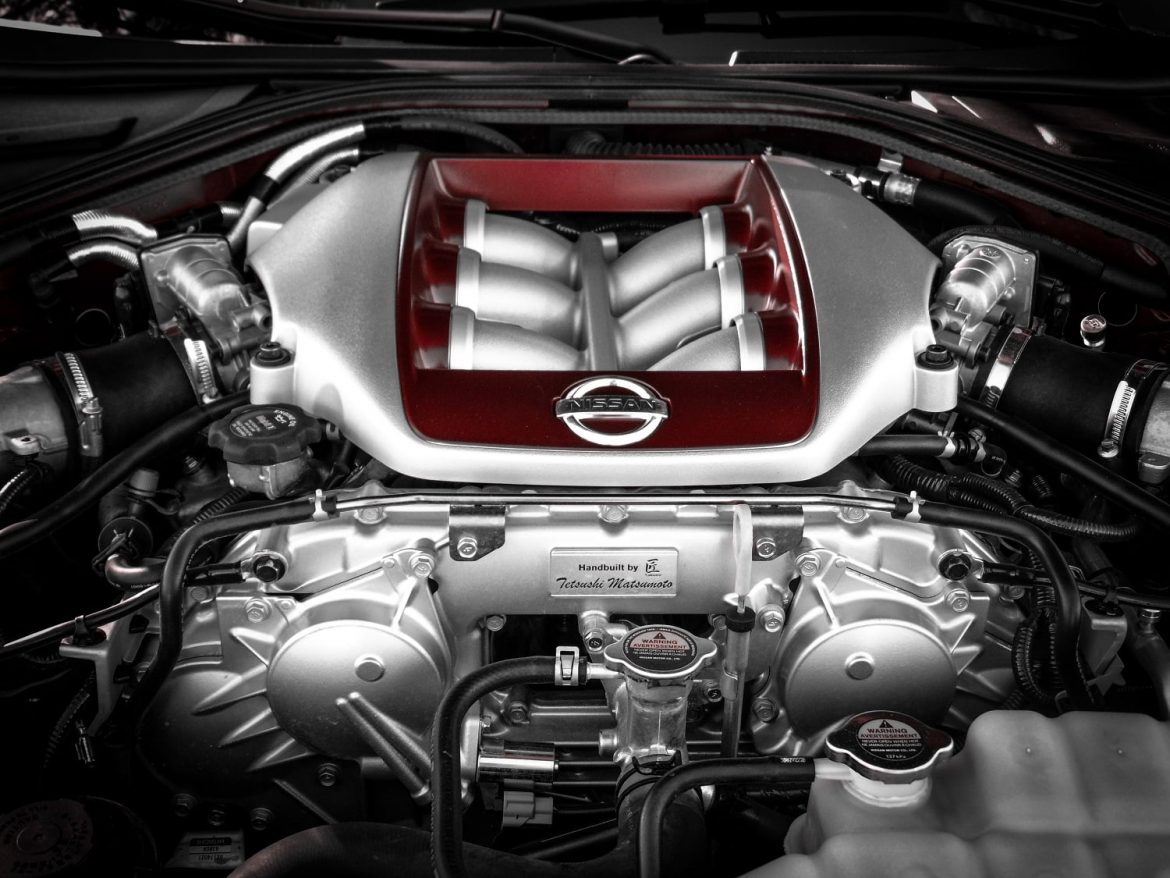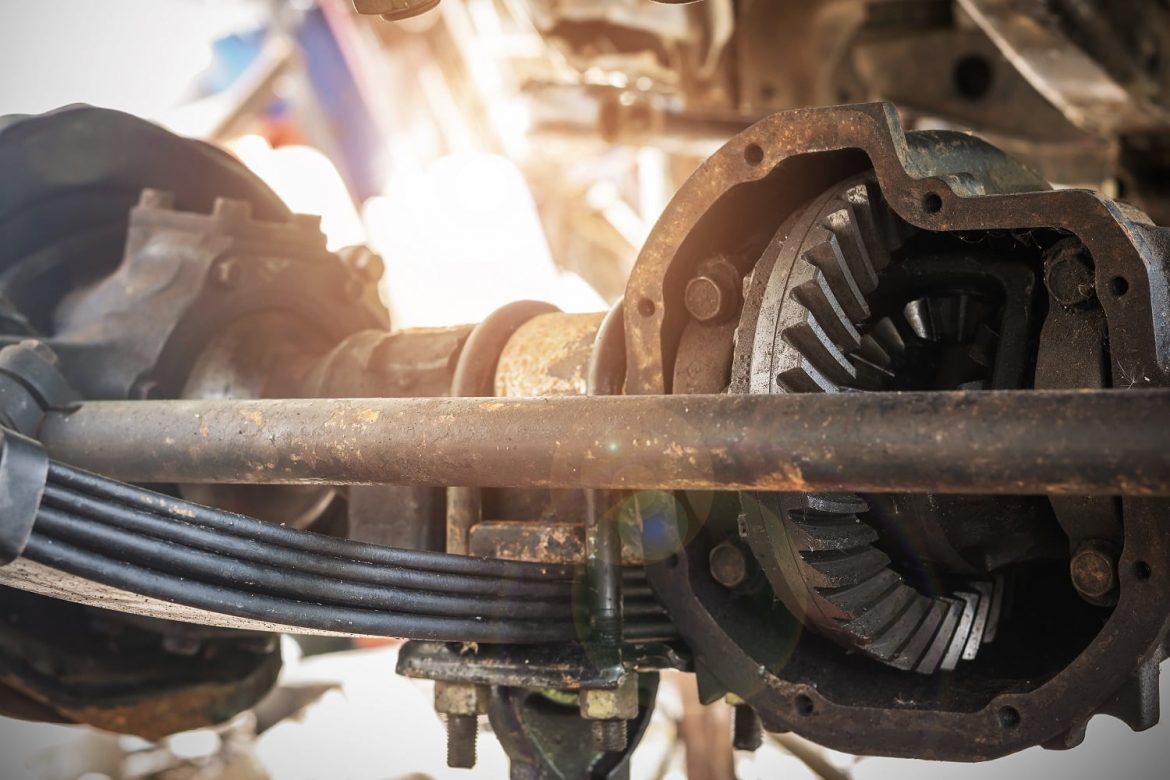you’re searching for how to replace a radiator on a 1998 Jeep Cherokee you’ve come to the right place. You’re also in the right place if you’re working on any radiator replacement and are stuck on how to get your radiator out.
There are only a couple of basic steps to replacing a radiator, but when it comes to actually remove the radiator from the vehicle, it can be a pain.
How to Replace a Radiator:
- Remove the cooling fans
- Drain the coolant
- Remove the hoses
- Remove transmission cooler lines if you’ve got them
- Pull the Radiator out
If you’ve got an engine-driven cooling fan you will probably need a special tool to remove it. Many auto parts stores rent specialty tools like a fan clutch holding tool so we recommend starting there unless you plan on doing this job again soon. Often times the easiest way to get clutch fans out is by removing them together with their fan shroud. If you’ve got electric fans then it should be a simple matter of disconnecting the electrical plug and 2 or 4 bolts to remove the shroud
Draining the coolant and getting the hoses off is usually the easy part of any radiator replacement. The only hiccup you might run into is if your transmission cool lines aren’t clamped or screwed into your radiator you may need a special removal tool to disconnect the transmission cooler lines from your radiator.
The tricky step, as we see with this 1998 Jeep Cherokee in the video is often removing the radiator from the vehicle. Most of the time the radiator is mounted on the radiator core support with rubber mounts at the bottom and some type of strap or plate at the top. If you remove the pieces holding the top of the radiator in place it can often be tilted back towards the engine and pulled out. On some newer vehicles the radiator and AC condenser need to be removed as a unit so check your repair procedure before you get into the process as removing the AC condenser requires recovering the refrigerant from your air conditioning system. Even if the AC condenser doesn’t have to be removed it is often bolted to the radiator so these bolts need to be removed before you can’t remove the radiator.
in any case, it’s extremely important to be careful when you’re working around your air conditioning condenser as damage to it can reduce your AC efficiency or cause a leak in your system costing you money or leaving you uncomfortable.
If all this sounds like too much for you to tackle but paying a mechanic doesn’t make sense, consider using BlueDevil Coolant Stop Leak to seal the leak in your radiator and keep your vehicle on the road.
BlueDevil Products can be found on Amazon.com or at AutoZone, Advance Auto Parts, O’Reilly Auto Parts, NAPA, and other major auto parts retailers.
2 responses to "How to Replace a Radiator"
2 Comments
Leave a Reply
Related Articles




My 2008 Dodge magnum isnt leaking ør smoking but still runs hot… It has a brand new radiator fans hose only thing i didnt change yet is thermostat… Could that be the problem?
Reginald-
Thank you for asking about your Dodge Magnum. A faulty thermostat would explain why the vehicle is running hot without a leak being present. This is also the easiest and least expensive component to replace, so it would make sense to replace the thermostat in this instance. Also, a faulty water pump could cause the same issue. The water pump is responsible for circulating water/coolant throughout the system. If coolant isn’t circulating properly, it would cause the engine to start overheating.
Hope this helps!
-BDP